The argument over whether racing games were better in the past than they are currently cannot be resolved. There are, however, some true video game legends from both the present and the past.
Burnout, though, is the one that sticks out above the rest. One of the best, if not the best, arcade racing series ever created was Burnout. Burnout, a 2001 video game developed by Criterion Games and released by Acclaim, demonstrated the capabilities of the most recent RenderWare version.
The arcade racer was not created by Burnout, but it revolutionized it and contributed to the creation of this generation of racing video games. Burnout brought street racing to the streets, but with one crucial difference: real cars and trucks were still there. Burnout also aided in the development of the boost system, which gave you nitrous for reckless driving that avoided collisions.
RISE OF BURNOUT SERIES
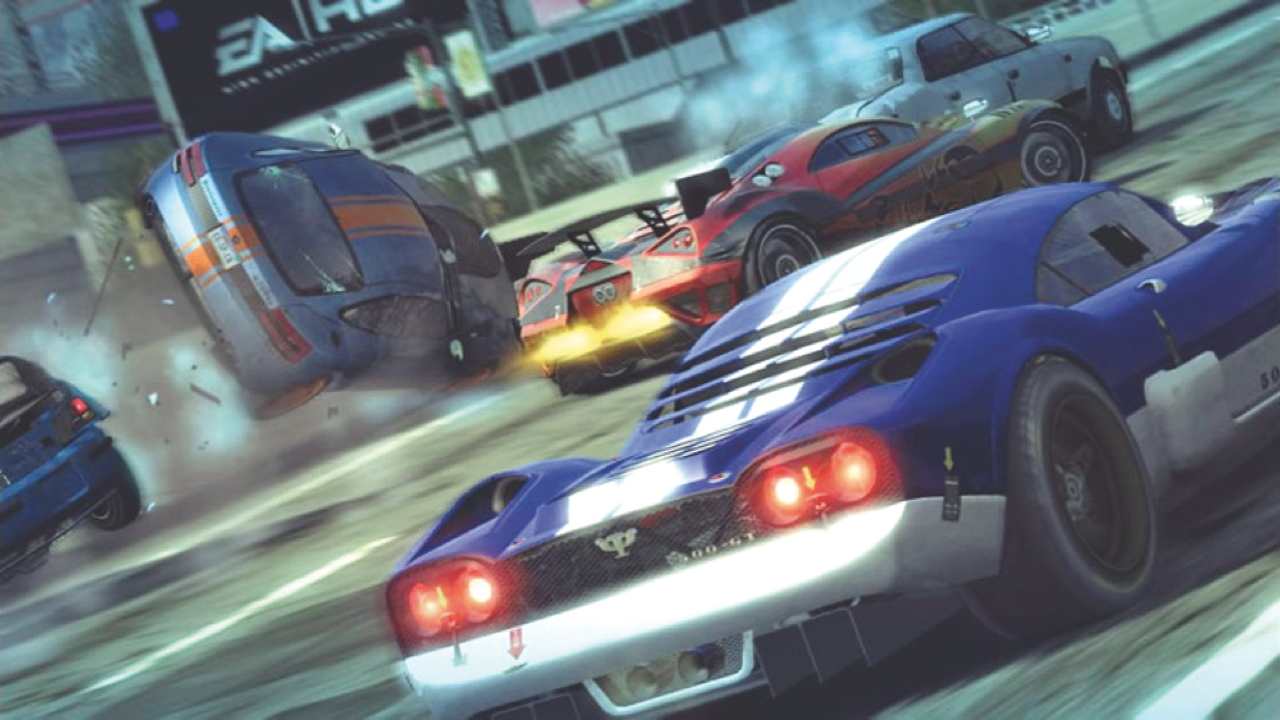
As with Gran Turismo, Burnout was intended to be an arcade-style racer that prioritized fun over realism. Because Burnout was so well-liked, Acclaim released Burnout 2: Point of Impact in 2002 as a follow-up. Burnout 2 featured the series’ iconic “Crash mode,” in which players aim to do the most damage by ramming their automobile into a scene filled with other vehicles and objects.
At this point in the series, the games primarily focused on driving on rural and country roads. Although there were crashing components, they were not emphasized as gameplay elements but rather as the undesirable, if frequently startling, consequences of a collision. In 2004, Electronic Arts (EA) paid an estimated US$48 million for Criterion Games, as well as the rights to the Burnout franchise and RenderWare.
In 2004, Electronic Arts (EA) paid an estimated US$48 million for Criterion Games, as well as the copyrights to the Burnout franchise and RenderWare. According to Ward, Burnout 3: Takedown takes the series in a new direction by incorporating some of the more aggressive components from the SSX series, resulting in players “fighting through traffic” instead of “racing through traffic.”
Players could drive into adversaries to focus them into accidents, which temporarily forced them out of the race and benefited the player by delivering specific boosting effects, akin to the weapons used in games like Mario Kart. Burnout 3 was a huge hit, selling over 2.3 million copies in the United States alone by 2006. Other Burnout games were developed by Criterion, concluding with Burnout Paradise in 2008. Ward envisioned Paradise as placing the Burnout franchise in an open environment, offering players the choice of which routes to go to accomplish races, as well as other standard game modes, but also incorporating a social component.
The emphasis on dangerous driving and high speed is widely recognized in this series. The series is noted for its crash mode, which is the most noticeable feature. If players take risks throughout the race, such as driving into oncoming traffic or attempting to wreck their opponents, they will get in-race awards. In Burnout 3: Takedown, the latter action, referred to in-game as a “takedown,” was heavily promoted and rewarded with points and a boost if completed successfully.
The slow-motion replays of collisions that show the automobiles being distorted realistically drew Burnout to the public’s attention, not the racing aspect of the game. Criterion recognized this and included a unique “Crash Mode” as part of Burnout 2: Point of Impact. Due to the launch of Burnout Crash!, the mode was removed from Burnout Paradise. Instead, a “Showtime” option is introduced, which allows the player to collide “anywhere, anytime.”
In Point of Impact, the player controls a special police car and must pursue down and stop a racing racer before the racecourse concludes. This mode was removed from the game; however, it was included in Burnout Legends and is currently accessible as a paid upgrade in Burnout Paradise called Cops And Robbers.
Burnout Revenge featured the “traffic check” function, which lets players strike minor traffic cars without crashing and utilize them to knock down opponents. Burnout Dominator is the only game that does not include the previous games’ crash mode. Dominator is concerned chiefly with the original game’s “Burnout,” which involves continuously depleting the boost meter and attempting to chain boosts for as long as possible.
Burnout Paradise included new elements such as open-world gameplay, which allowed players to wander Paradise City at their convenience and race anytime they wanted after arriving at race-starting spots known as “intersections.” It also added a “mugshot” function, in which the player captures a “mugshot” of their opponent after taking them down using the Xbox Live Vision camera or PlayStation Eye.
Burnout began with a small selection of vehicles, including the Compact, Saloon, and a sports-modified GT variant, Pickup, and Muscle. In Burnout 2, this collection expanded to include vehicles such as the Oval Racer, Cop Car, Classic, Gangster, and Hot Rod.
The original automobiles were no longer utilized after the release of Burnout 3: Takedown, except for the Custom Coupe Ultimate, a lime green Coupe that was one of the “Custom” cars in Burnout 2; this car also returns in Burnout Legends, Burnout Dominator, and Burnout Paradise. The Paradise version is called the Kitano Hydros Techno. A similar thing happened in Burnout Revenge when the car collection was completely different.
Let’s go down memory lane, revisiting the games of the Burnout series:
BURNOUT (2001)
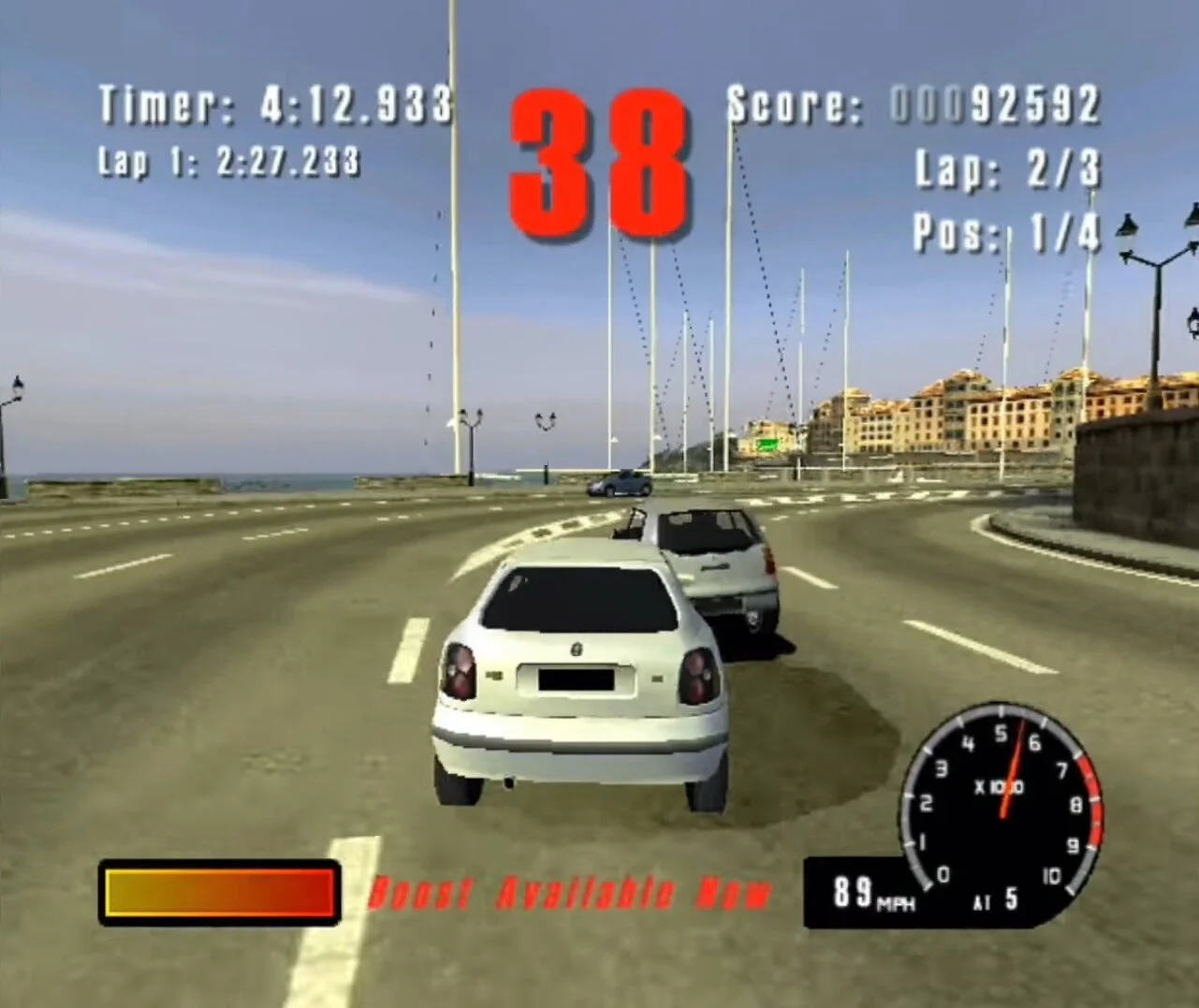
Being the first game, many features of the Burnout franchise debuted here, including Boost and Burnouts, Face-Offs, automobiles based on real-life equivalents, races based on real-life places, and, of course, hazardous driving spectacular accidents. However, because it has Checkpoints and a scoring system with High Scores, it is far more like an arcade racer than subsequent games such as Burnout Revenge.
Due to the clumsy handling of most of the vehicles, the numerous sharp turns, and the traffic, which is known to be dense and has a habit of blind-siding the gamer either by appearing out of a corner unexpectedly or by a larger vehicle such as a bus blocking the player due to small alleys with cross-traffic, it is widely regarded as the most challenging game in the series.
Burnout has a small selection of vehicles, such as the Compact, Saloon, Pickup, and Muscle. Each is based on a real-life car in some way. The player may unlock additional vehicles by defeating them in a Face-Off, and the player can then unlock them by finishing Championships.
Each course is substantially based on a real-world locale, as it is in every Burnout game. Each site is connected in “Sprints,” a pattern that will be carried over into Burnout 2 and Burnout 3. Each place has its own set of traffic that separates one continent from the other; for example, American taxis vs. European cabs, and so on, which means that one may theoretically drive from one spot to the next in seconds.
BURNOUT 2: POINT OF IMPACT (2002)
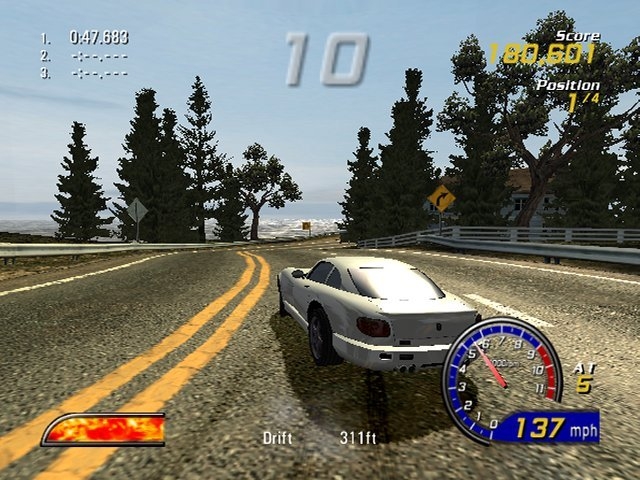
The second game in the Burnout series is Burnout 2: Point of Impact. Along with the modes from Burnout, Burnout 2: Point of Impact included a few new ones. Pursuit entails pursuing an opponent. A straightforward race from one location to another with no return leg or loops is referred to as a point-to-point race. Pursuit competitions employ point-to-point tracks as well.
The Hot Rod, the Gangster, and the Japanese Muscle are among the many automobiles to drive in the game. Face-Off awards existing cars, whereas the Custom Championship awards, customized variations of all vehicles. The game is set in fictitious locales inspired by real-world towns, landscapes, and highways in the United States.
Many of the locations from Burnout 2: Point of Impact, such as Big Surf Beach and the Crystal Summit Observatory, feature in Burnout Paradise. Stephen Root composed the soundtrack for Burnout 2: Point of Impact once again. The music in the sequel is substantially more unique, with much more heavy usage of an electric guitar. When a player utilizes Boost, the game volume also increases.
BURNOUT 3: TAKEDOWN (2004)
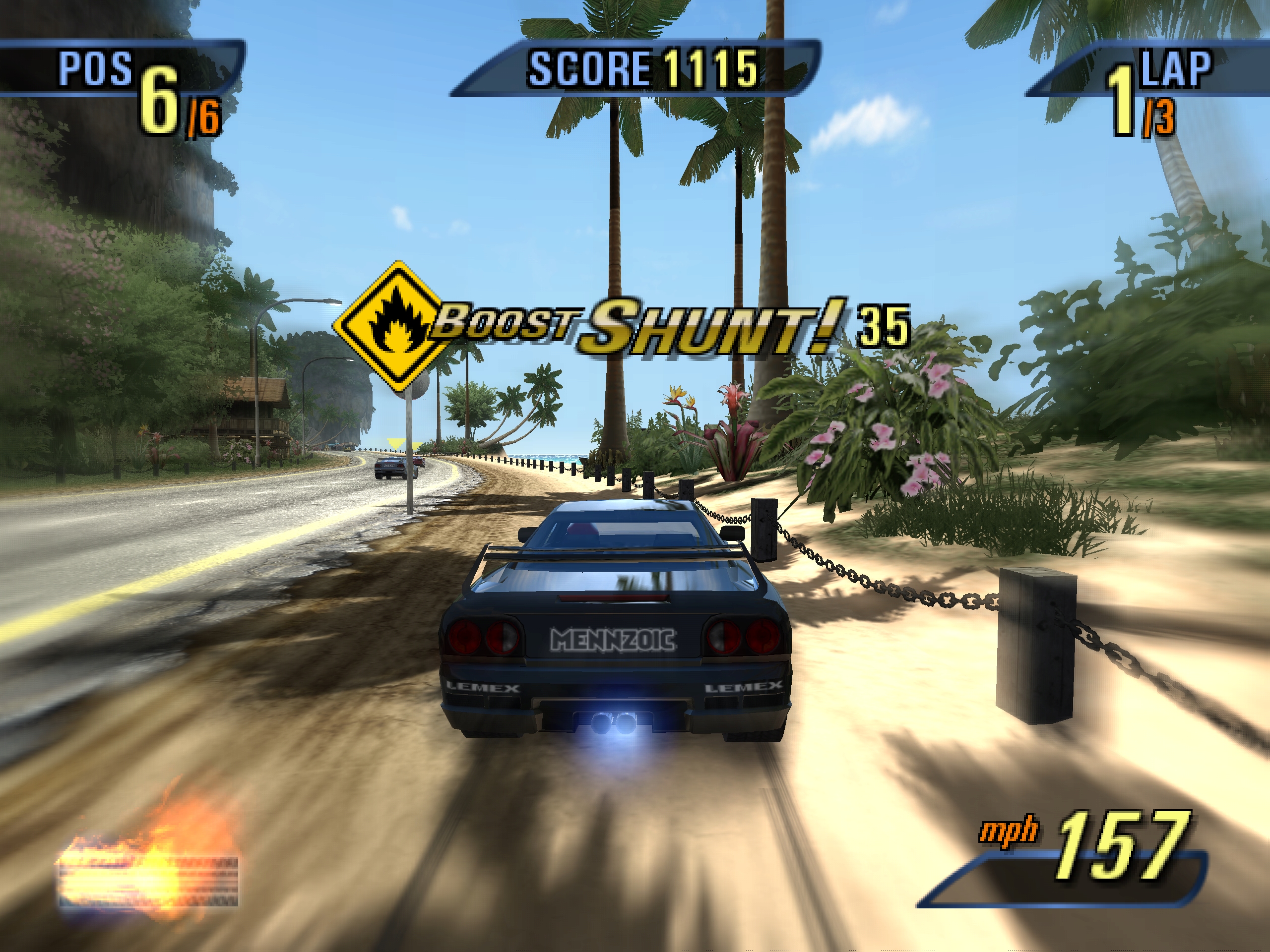
Burnout 3: Takedown is the third installment in the Burnout franchise. It is notable for being the first Burnout game to have Takedowns, Crashbreakers, and explosives. Burnout 3: Takedown is perhaps the most impactful Burnout game since it incorporated actual vehicular violence, rather than just hazardous driving, as well as greater production qualities with collisions and even explosions, compared to earlier games.
Burnout 3 adds a slew of new events to the mix, but it ditches the Pursuit mode. Burning Lap, Eliminator, and Road Rage take their place. The World Tour mode has replaced the Championship mode and is now divided into Race Mode and Crash Mode. Burnout 3 has a far more extensive car selection than its predecessors, with a total of 67 automobiles. Compact, Muscle, Coupe, Sports, Super, Special, and Heavyweights are currently the classifications for these vehicles.
Each class is quicker than the one before it, except the Heavyweight class, which is designed exclusively for Crash mode. Aside from Crash mode, no car in the Heavyweight class is accessible anywhere else in the game. Burnout 3’s available territories are divided into three regions: the United States, Europe, and the Far East. Each area is based on a feature of its real-world counterparts.
BURNOUT PARADISE (2008)
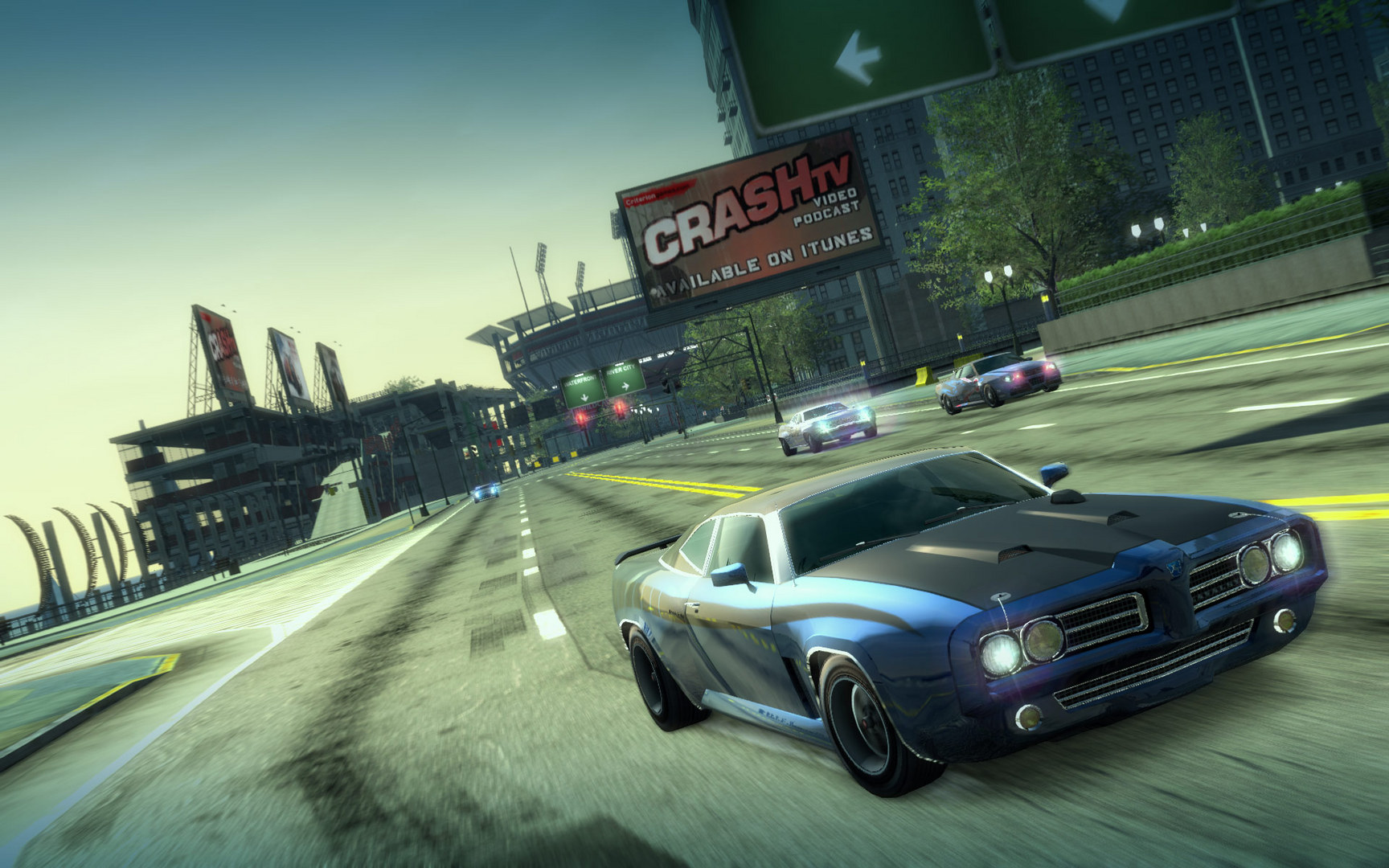
Burnout Paradise is the sixth installment in the Burnout series, yet it is the spiritual successor to Burnout Takedown in almost every way. It’s the first Burnout game to have a continuous open-world metropolis with no loading periods or online lobbies for multiplayer free-burn sessions, and it’s also the first Burnout game to be released on PC. Burnout Paradise contains classic Burnout events and new game types such as Burning Route, Marked Man, and Stunt Run.
Burnout Paradise comes with 69 stock vehicles that you may unlock through winning events. Each of these automobiles has a more powerful variant that the player may obtain by completing the Burning Route. Six of the standard vehicles have carbon variants that differ from the original version in terms of boost type. The game also includes seven sponsor cars to advertise the game’s shops. Downtown Paradise, Silver Lake, Palm Bay Heights, Harbor Town, and White Mountain are the five districts where Burnout Paradise occurs. The Big Surf Island update, which is available for download, includes a new district off the coast of Paradise City.
SPINOFFS IN THE BURNOUT SEREIS
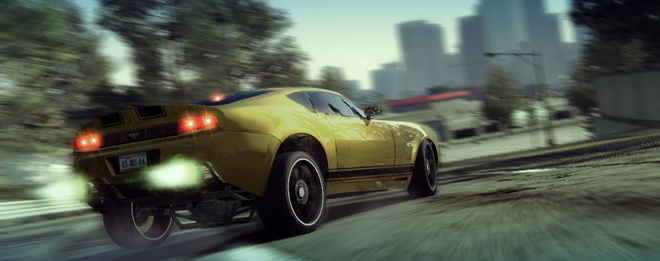
Many of the gameplay modes and tracks from the original three Burnout games have been repackaged for the portable platform in Burnout: Legends, released in 2005. Many gameplay modes are identical to those seen in Burnout 3: Takedown and feature a mix of old and new songs. Visual Impact was in charge of the Nintendo DS port.
Burnout: Revenge, released alongside Burnout: Legends, centers on racing in rush-hour traffic and vehicular warfare, with participants using their automobiles as weapons. Revenge also adds new elements to the combat side of the game, such as “traffic checks,” Vertical Takedowns, a new game type, and substantial improvements to Crash mode’s gameplay.
Burnout: Dominator, published in 2007, is the first Burnout game not produced by Criterion Games and the only Burnout game not to have the “Crash Mode” since Burnout 2: Point of Impact. Criterion was working on Burnout Paradise around the time Dominator was being created and was planning to reintroduce the mode in a new version for the latter game.
Players in Burnout: Crash seeks to make as large a pile-up as possible by driving into an intersection. Unlike previous games in the series, this game is played from a bird’s-eye or aerial perspective. Damage and destruction of the environment, as well as other cars, gain points.
Players may compare their results to those of other players thanks to leaderboards offered by EA’s Autolog service. Three game types, six distinct crossroads, and seven drivable vehicles, such as the Vegas Saloon, are included in the game. This was the franchise’s last game, released in 2011 before most of the team moved to Need For Speed.
DOWNFALL OF THE BURNOUT: SERIES
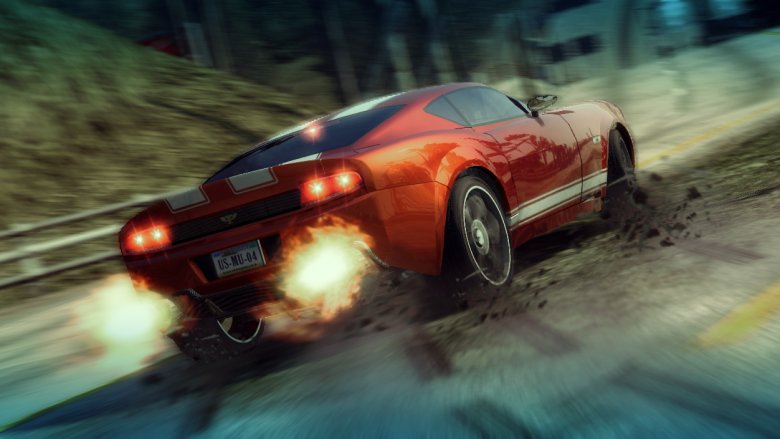
Throughout the early 2000s, vehicular destruction games were a significant component of the video game business. Twisted Metal, Sony’s demolition derby series, was a smash hit, while offbeat games like Cel Damage and Jak X: Combat Racing brought a cartoony element to automobile destruction.
People lauded the Burnout series for its novel takedown system and its Crash Mode, which is based on high scores. Co-founders of Criterion, Alex Ward and Fiona Sperry, confirmed their departure in January 2014, just a few months after EA absorbed the majority of Criterion’s workforce and founded Ghost Games UK. There was a time when EA fostered the Burnout series alongside Need for Speed for the intriguing titles that they were.
But this is the darkest timeline, as the steady demise of Criterion and the Burnout series are very relative, as the creators of one of the finest arcade racers on the PS2 slowly but steadily devolved into a support crew for pod racing. Burnout Crash, a spin-off that transformed the Crash-based mode into a top-down, party game extravaganza, was released in 2011, although it never really caught on, which started the process of downfall.
CAN THE BURNOUT SERIES BE SALVAGED?
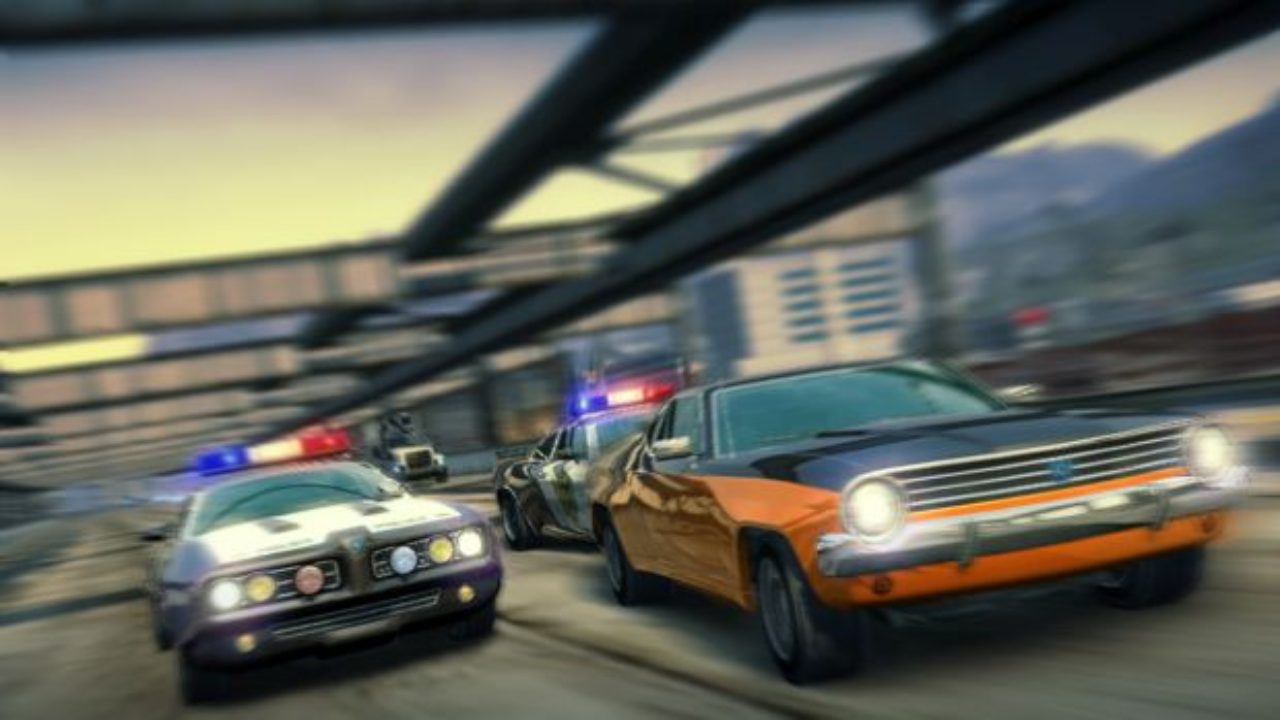
To the dismay of all the fans of the series there, it is very unlikely for them to have a new version of the game. Criterion, the studio behind the gaming franchise, dissolved shortly in 2014 when EA absorbed most of its workforce. EA and Criterion had a strategy in place to build a sequel to Burnout even after Ward and Sperry left to join Three Fields Entertainment.
The company revealed in the summer of 2014 that it was working on a new racing game with several car types and a first-person perspective. At its E3 2014 press conference, EA showed out some early concept art and gameplay video, which sparked a lot of interest. After all, it was a new racing IP from the same team that brought us Burnout. However, nothing came of it, and EA subsequently confirmed that the project had been canceled.
